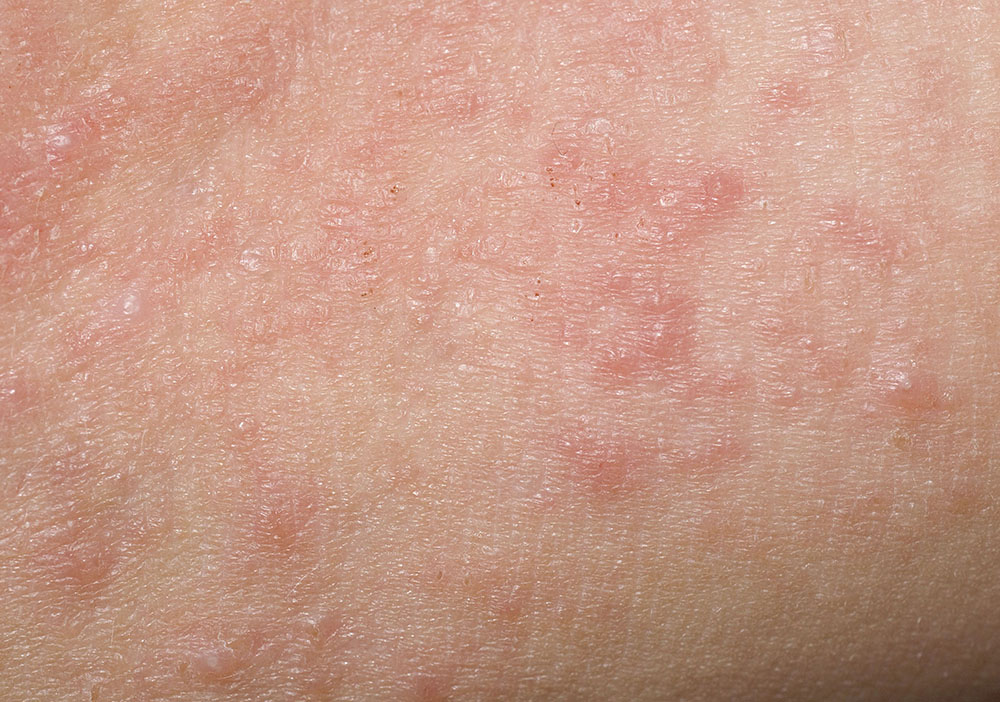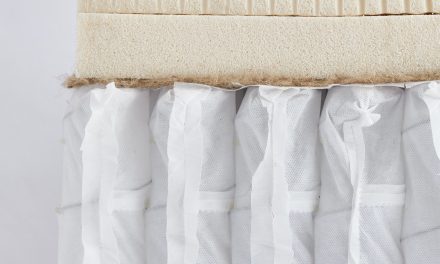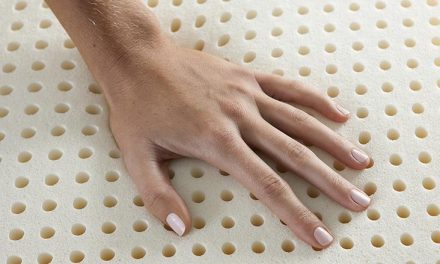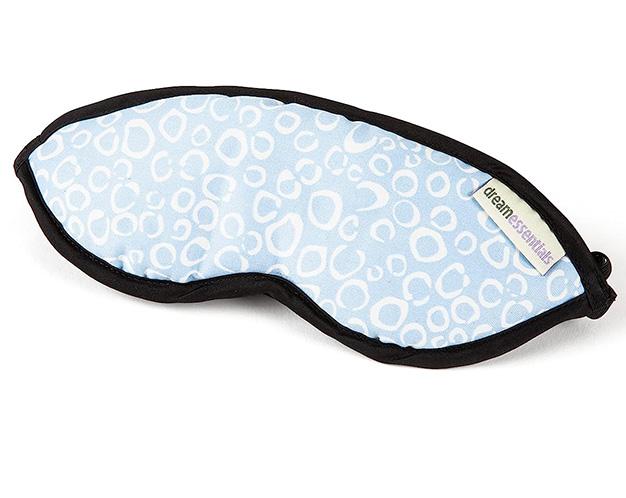Table of Contents
Are Organic Latex Mattresses Hypoallergenic?
Hypoallergenic means something is less likely to cause allergic reactions or sensitivities in people prone to them. Allergic reactions can range from mild symptoms such as sneezing, itching, and rashes to severe ones such as asthma attacks, anaphylaxis, and even death. Some common allergens or irritants that can trigger mattress allergies include dust mites, mold, pollen, pet dander, chemical substances, and synthetic materials.
A mattress is one of the most essential items in your bedroom, as you spend about a third of your life sleeping on it. Therefore, choosing a comfortable, supportive, and healthy mattress for your body and mind is essential. A hypoallergenic mattress, like an organic latex mattress, can offer you many benefits, such as:
- Reducing the risk of exposure to harmful allergens or irritants that can cause or worsen your allergies.
- Improving the quality of your sleep by providing a breathable, temperature-regulating, and pressure-relieving surface.
- Enhancing your well-being by promoting natural alignment, blood circulation, and relaxation.
Concerns for people who have an allergy to latex
Some people may have a skin allergy to latex, which means they experience symptoms such as itching, redness, swelling, or blisters when latex comes into contact with their skin. This can happen when they use latex gloves, balloons, condoms, or other products made of latex. However, this does not mean they cannot sleep on a natural latex mattress. There are several ways to prevent or minimize the risk of latex allergy when sleeping on a natural latex mattress, such as:
- Using sheets, mattress protectors, and pillowcases made of organic cotton, wool, or other natural fibers will create a barrier between the skin and the latex foam, preventing direct contact and irritation.
- Choose a natural latex mattress with a quilted cover made of organic cotton and wool. These materials are not only hypoallergenic but also act as additional buffers that cushion and insulate the latex foam.
- Opting for a natural latex mattress certified by the Global Organic Latex Standard (GOLS). This means the latex foam is made of at least 95% organic latex, free of synthetic additives, chemicals, or fillers that can trigger allergic reactions.
By following these tips, it is implausible that someone with a skin allergy to latex will get a reaction by sleeping on a natural latex mattress. On the contrary, they can enjoy the comfort, support, and health benefits of a natural latex mattress without any worries.
Contact dermatitis and latex mattress allergies
One possible condition someone may have if they are sensitive to household irritants and household products is irritant contact dermatitis. This type of skin inflammation occurs when the skin comes in contact with a substance that acts as an irritant1. Symptoms of irritant contact dermatitis include a red rash or bumps, skin swelling, itching, dry skin patches, and pain or tenderness in the affected area2.
Some common household irritants that can cause or worsen irritant contact dermatitis are:
- Cleaning products containing chemicals such as ammonia, chlorine bleach, or volatile organic compounds (VOCs)3
- Dust mites and pet dander4
- Secondhand smoke5
To prevent or reduce irritant contact dermatitis, avoiding or minimizing exposure to these irritants is advisable, as well as gentle and natural alternatives for cleaning and personal care. It is also important to moisturize the skin regularly and to seek medical attention if the symptoms are severe or persistent.
Can a person with contact dermatitis can also be allergic to latex?
Contact dermatitis is a type of skin inflammation that can be caused either by irritants or allergens. Latex is a natural rubber that contains proteins that can trigger an allergic reaction in some people2. Latex allergy can cause hives, itching, swelling, runny nose, sneezing, and, in rare cases, anaphylaxis3.
There are two types of latex allergy: immediate and delayed. Immediate latex allergy is a type I hypersensitivity reaction that occurs within minutes of exposure to latex and can be life-threatening4. Delayed latex allergy is a type IV hypersensitivity reaction that occurs hours or days after exposure to latex and causes contact dermatitis5. Therefore, a person with contact dermatitis may have a delayed latex allergy but not necessarily an immediate latex allergy.
The best way to prevent latex allergy is to avoid contact with latex products, such as gloves, balloons, condoms, and medical devices. If someone has a known latex allergy, they should inform their health care providers and wear a medical alert bracelet or necklace7. They should also carry an epinephrine auto-injector in case of an emergency.
Therefore, if you or someone you know has contact dermatitis, you must avoid handling the mattress when moving it. If the latex mattress has a zippered cover, the components can be removed and moved separately afterward. In this case, someone with contact dermatitis would come into contact with the latex foam, which may trigger an allergic reaction.

A contact dermatitis skin reaction.
How to choose a mattress if you have an allergy
An organic latex mattress is one of the best options for a hypoallergenic and biodegradable mattress. Organic latex is a natural material derived from the sap of rubber trees, which are grown without pesticides, herbicides, or fertilizers. Organic latex foam is a hypoallergenic material containing no allergens or irritants that can trigger allergic reactions. At the same time, organic cotton and wool are also gentle and safe for sensitive skin. Organic latex mattresses are also biodegradable, meaning that they can decompose naturally and return to the earth without leaving any toxic residues or waste. By choosing an organic latex mattress, you can sleep on a hypoallergenic and biodegradable mattress, benefiting your health and the planet.















